When HOT ROD’s 1957 Plymouth Ran 183 mph at Bonneville.
Could a stock car built on the cheap in two weeks to race in Daytona turn around and compete on the salt flats of Bonneville, too? That’s the question we asked in 1957 after the Hot Rod Magazine Special, our ’57 Plymouth Savoy, surprised everybody by winning a class top speed trophy at the NASCAR International Safety and Performance Trials. We reported the story of our Daytona glory in the April 1957 issue.
Sure enough, six months later, the HOT ROD staff was in Utah to race Suddenly on the world’s greatest hot rod playground: the “salt bed dyno,” as Brock called Bonneville in the November 1957 issue.
Suddenly On The Salt
Having clocked 166 mph at Daytona on pump gasoline, we felt confident that we could grab off another 155 mph without too much effort when we stretched out for the long run on the salt flats. But that was before we’d checked with Bonneville class rules, which forced some drastic changes in our plans. First we had to discard the belly pan and headlight coverings, since such streamlining was taboo. Worst of all, we had to abandon our plans to use a GMC 6-71 blower, as these were outlawed for sedans running more that 305 cubic inches on fuel (unless we were willing to cut away the fenders—which we weren’t). So we posted our entry in the “D” Fuel Coupe and Sedan class, SCTA rules, and started regrouping engine parts to meet the restrictions.
Hemi Transplant
Since we had used a borrowed engine at Daytona—Harry Duncan’s potent Chrysler—we decided to build our own engine out of a ’57 Imperial mill we’d rescued from a sledgehammer execution. We enlisted the services of Dean Moon of Moon Equipment Company, as he’d impulsively offered to help us set up our engine. As it turned out, Dean ended up with the entire job on his hands—planning, engineering, procuring parts, assembling, and even installing the new powerplant, which job he and his capable crew handled with real finesse.
First Runs
Our early runs were made on a 70/30 mixture of alcohol and nitromethane while we experimented with jetting, plug heat ranges, and spark lead. We’d soon found that we had one thirsty engine—it didn’t know what “rich” meant. Consequently, before the six days of running were completed, ol’ Suddenly had gulped down about $150 worth of fuel.
“Make It Go Or Blow”
To meet our commitments at the National Drags, Pete, Tom, and I had to leave Bonneville on Wednesday, halfway through the salt flats event. The best speed I’d been able to coax out of the car up to that time had been a mere 164 mph, so I left our jewel in the hands of Dean Moon and Ray Brock, with instructions to “make it go or blow!” By Friday, they’d resorted to using 100 nitro, into which they added 2 1/2 ounces per gallon of a special additive supplied by one of our numerous friendly competitors, Jim Kamboor. Belmont SanChez and Clark Cagle, other friendly competitors, had offered their Joe Hunt Vertix magneto as a “make sure” gesture. Brock climbed into the car, and Moon pushed him off—this had to be a good one. Sure enough, it was. In the quarter-mile trap, after a 2-mile approach, Suddenly clocked 178 mph, sufficient qualification for a two-way record the following day.
Suddenly’s 183-Mph Run
Early the next morning, the team was on the line, ready to go. It was decided that Ray should try to hold a reasonable speed through the traps on his down run, then “let it all out” on the way back. Setting out on the north run, he buzzed through the quarter-mile traps at a clocked 183 mph and sped on toward the end of the mile. About two-thirds through , with oil pressure normal and water temperature at its usual 160 degrees, Ray sensed a slowing down and kicked out of gear to save the engine. Coasting through the rest of the mile, he still attained an average of 179 mph. Two miles later, at the 5-mile station, an inspection of the engine was made. A gaping hole in one side of the oil pan indicated that Suddenly’s Bonneville runs were over for the year, having apparently succumbed to that common ailment of so many engines at the salt in 1957, “bearingitis”: stock bearings suffering an overdose of fuel in the crankcase.
So home went Suddenly—fastest in its class, yet without a record and only a second-place winner. How come? Simple.






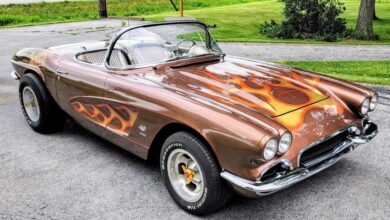
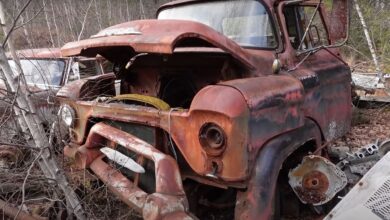
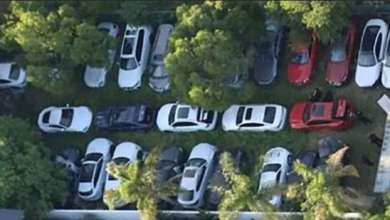
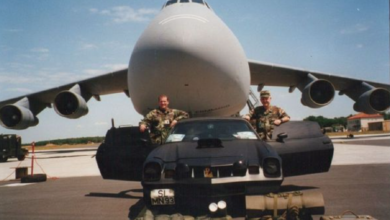
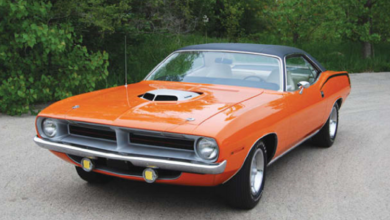
Hello, I think your website might be having browser compatibility issues. When I look at your blog in Safari, it looks fine but when opening in Internet Explorer, it has some overlapping. I just wanted to give you a quick heads up! Other then that, very good blog!|